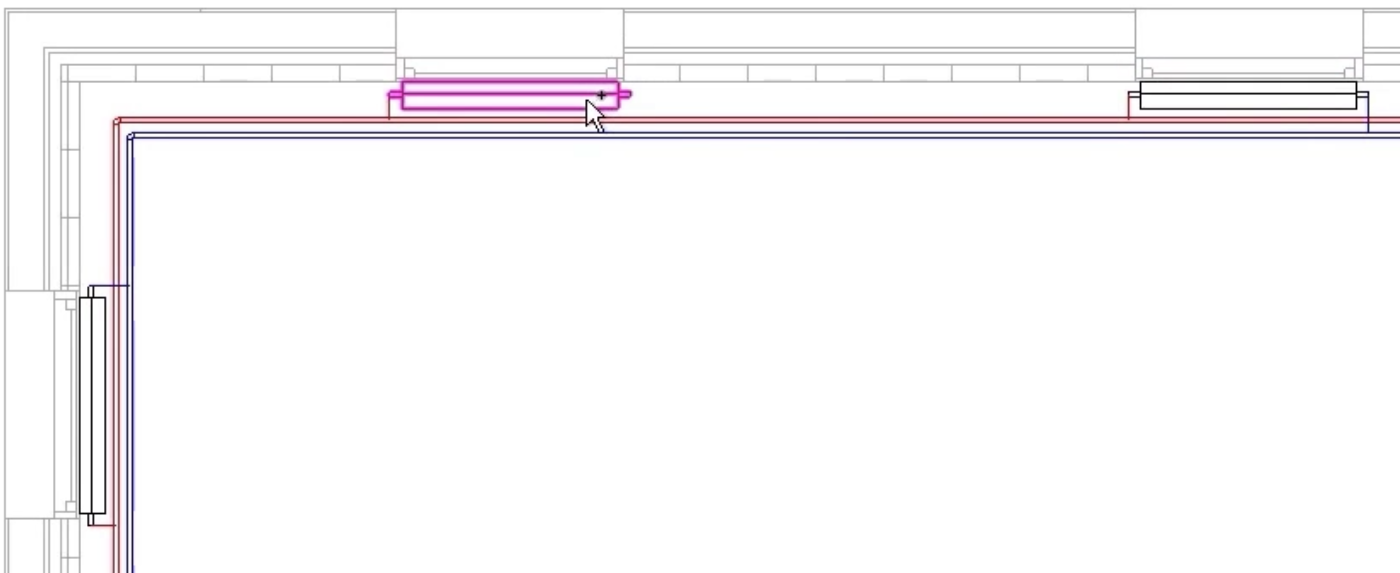& Construction

Integrated BIM tools, including Revit, AutoCAD, and Civil 3D
& Manufacturing

Professional CAD/CAM tools built on Inventor and AutoCAD
Create a piping system with physical connections and review connection properties.
Tutorial resources
These downloadable resources will be used to complete this tutorial:
Create a piping system with physical connections and review connection properties.
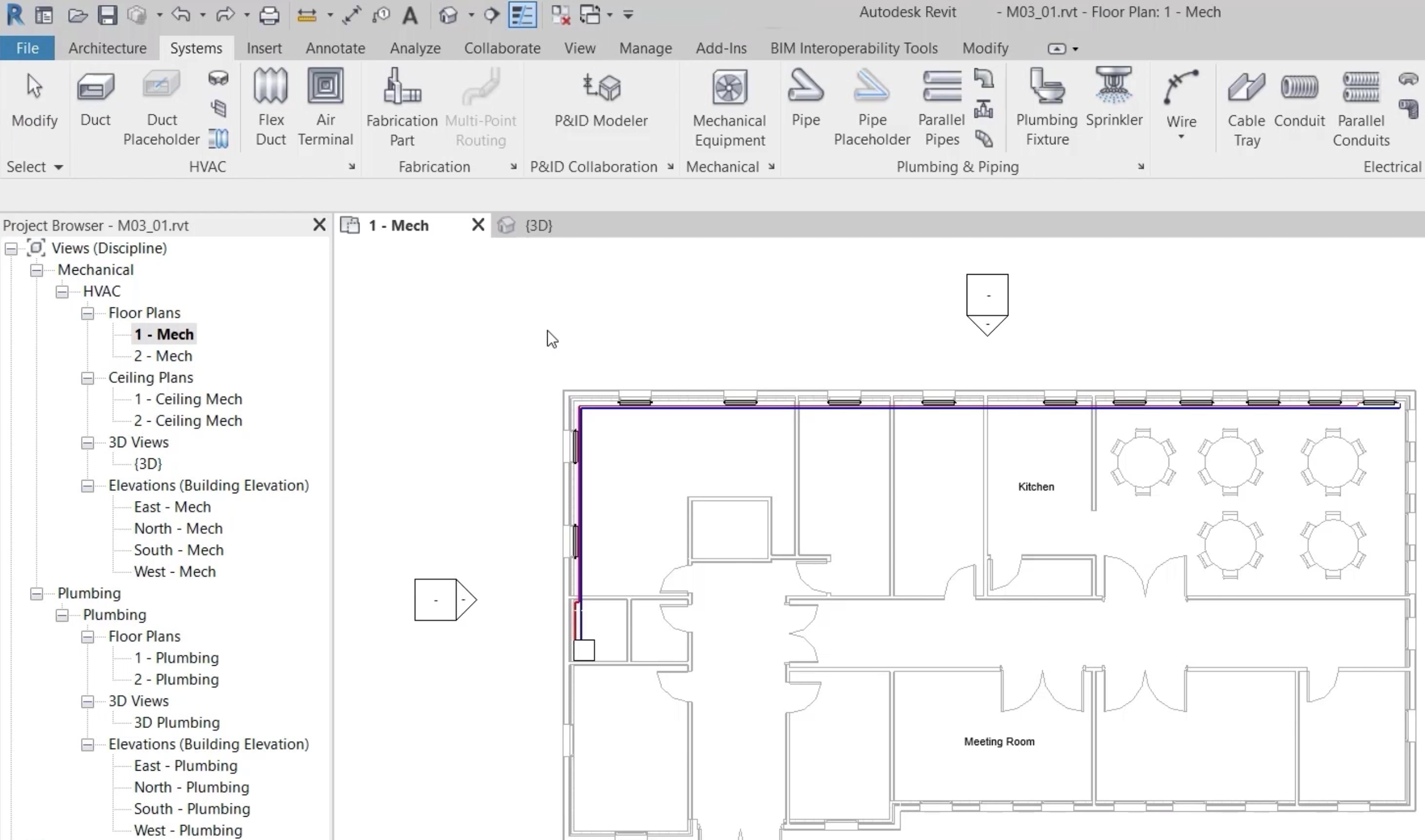
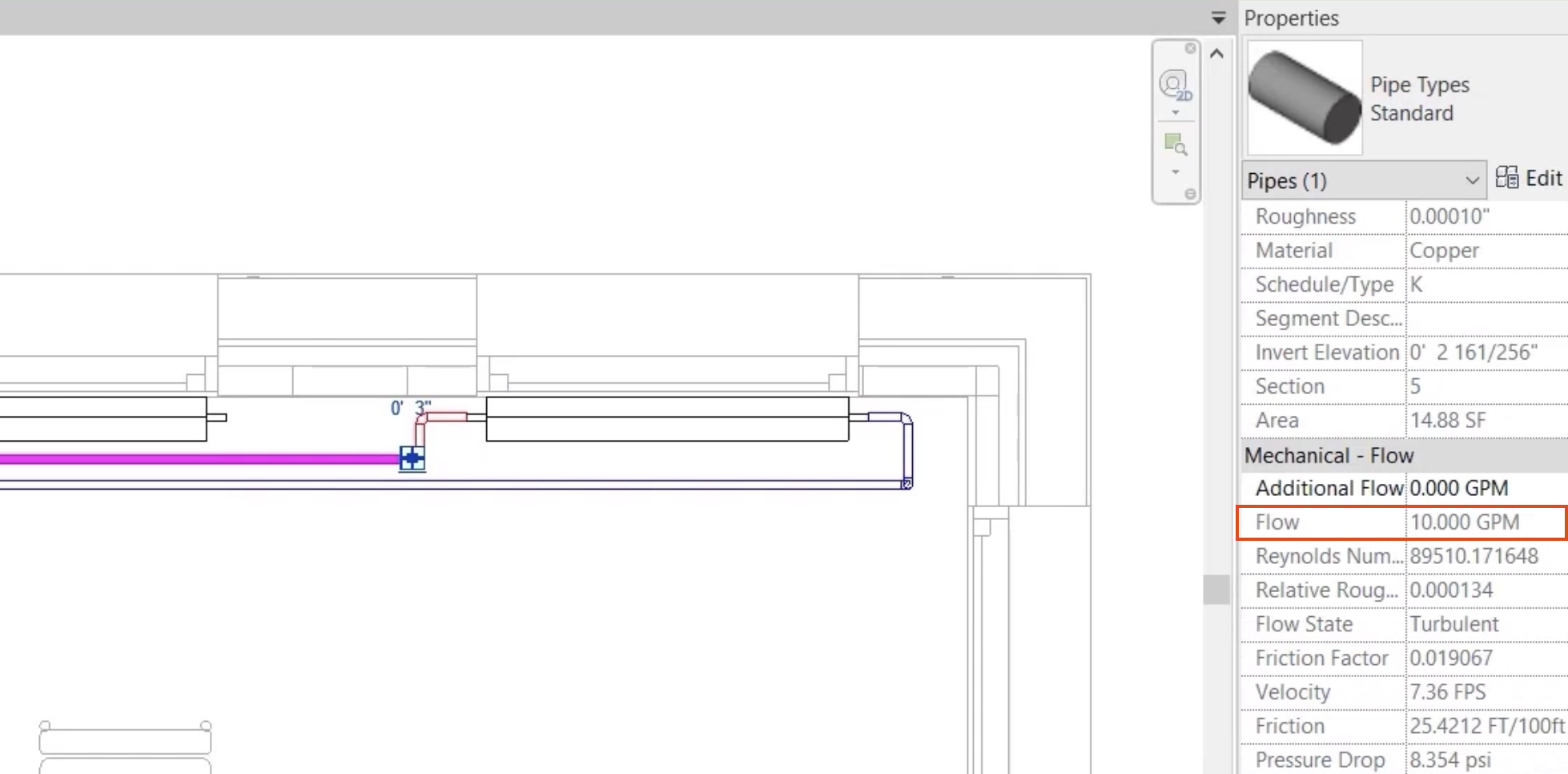
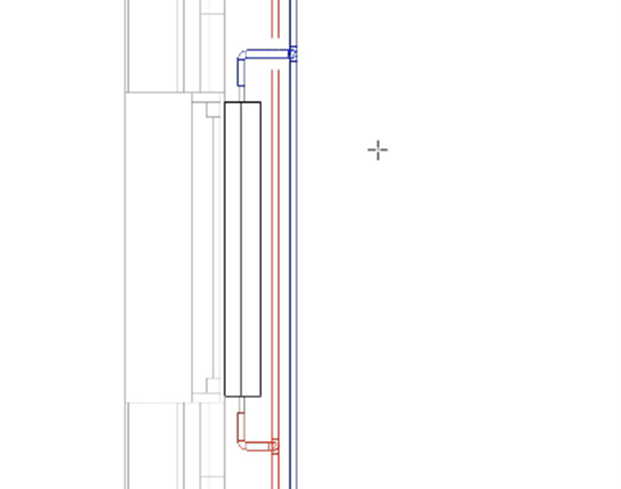
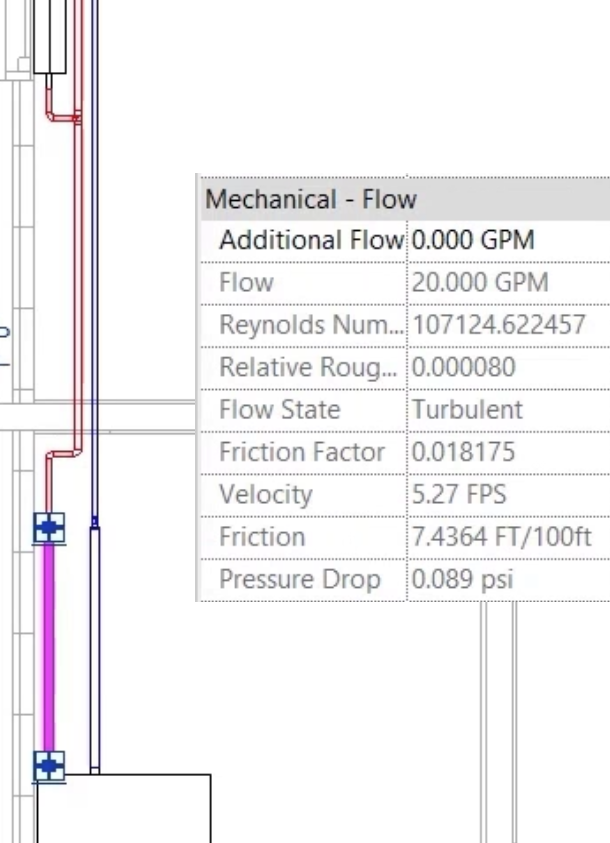
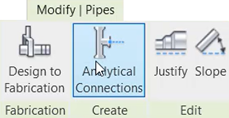
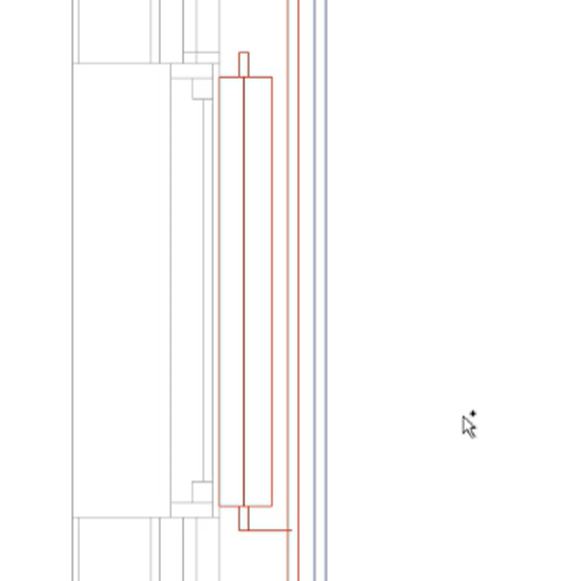
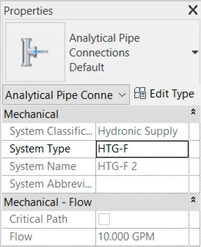
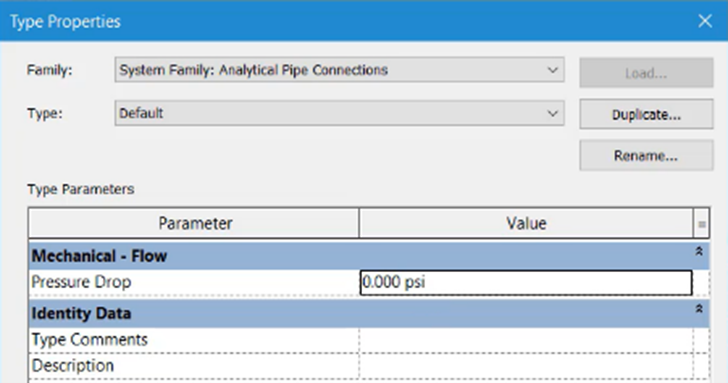
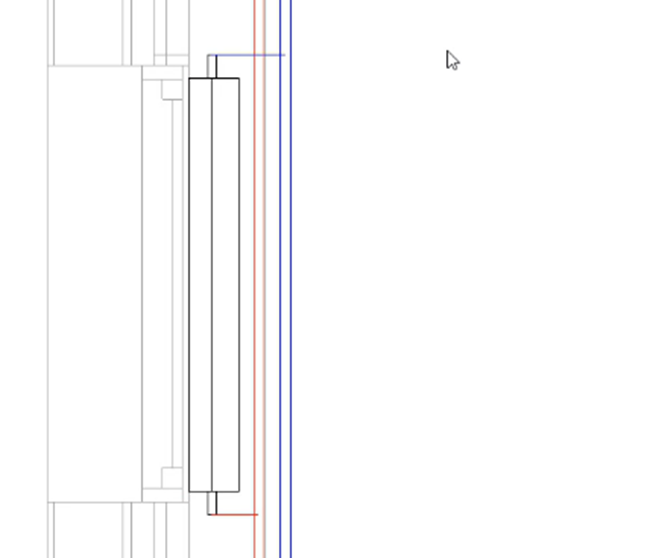
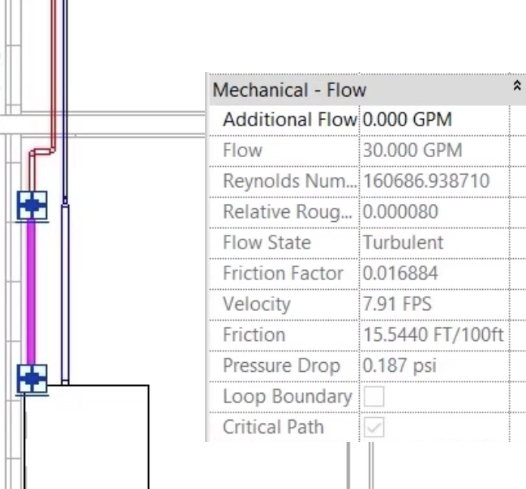
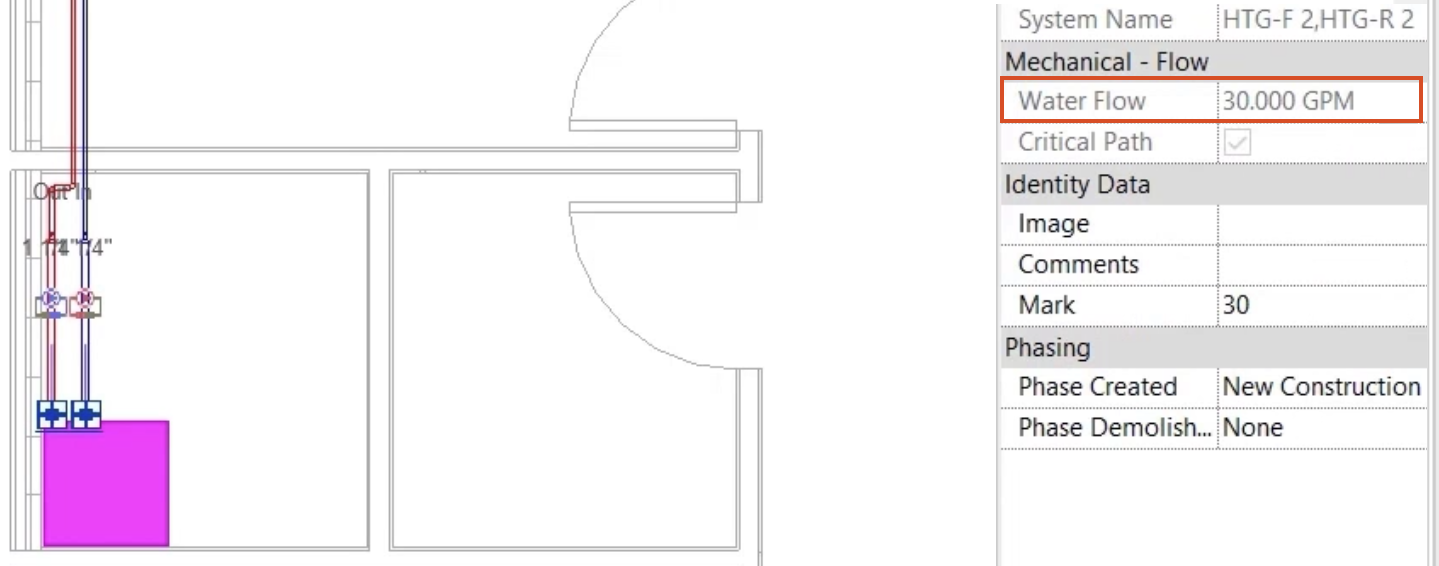
Complete the system using analytical connections:
